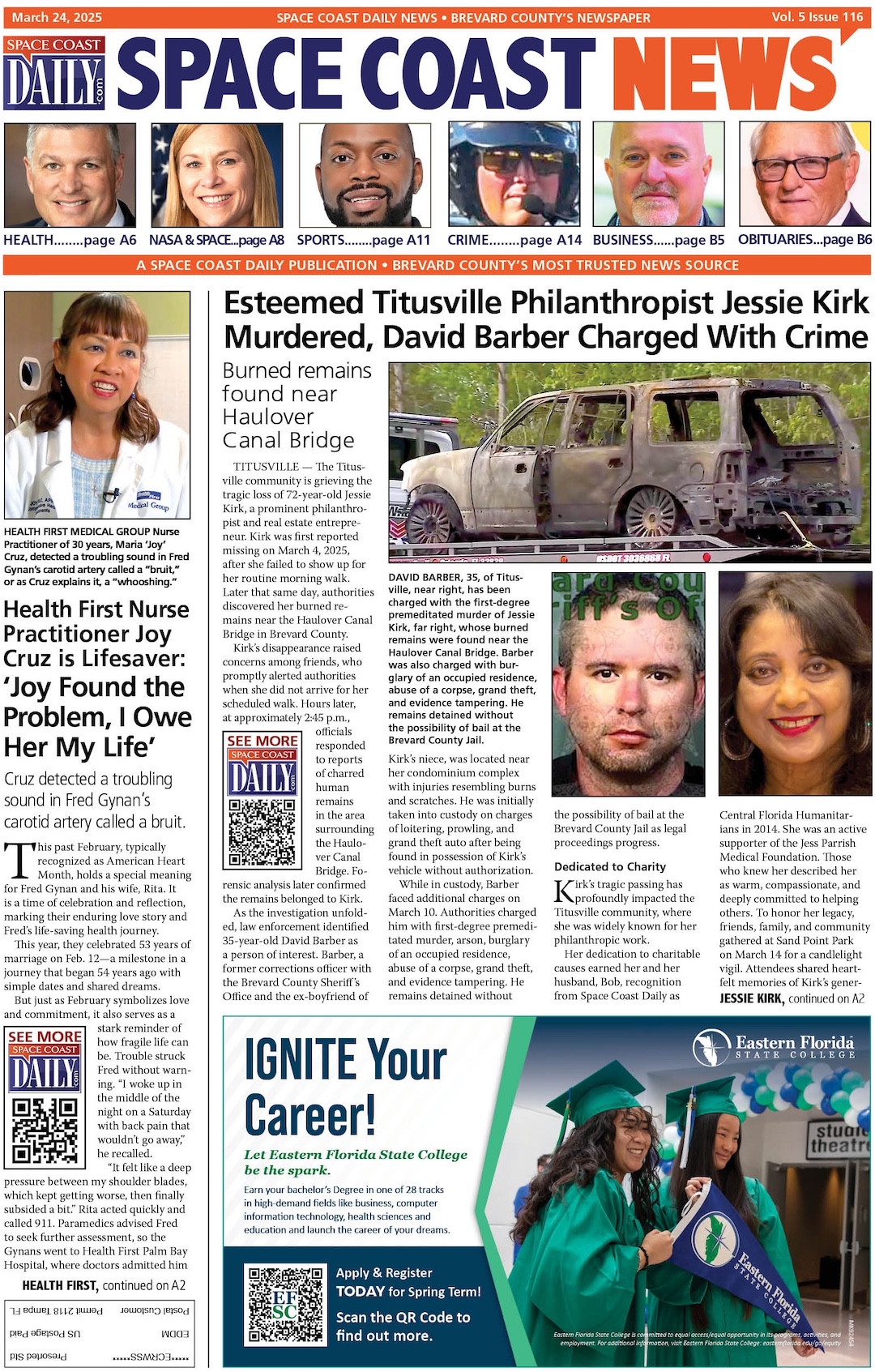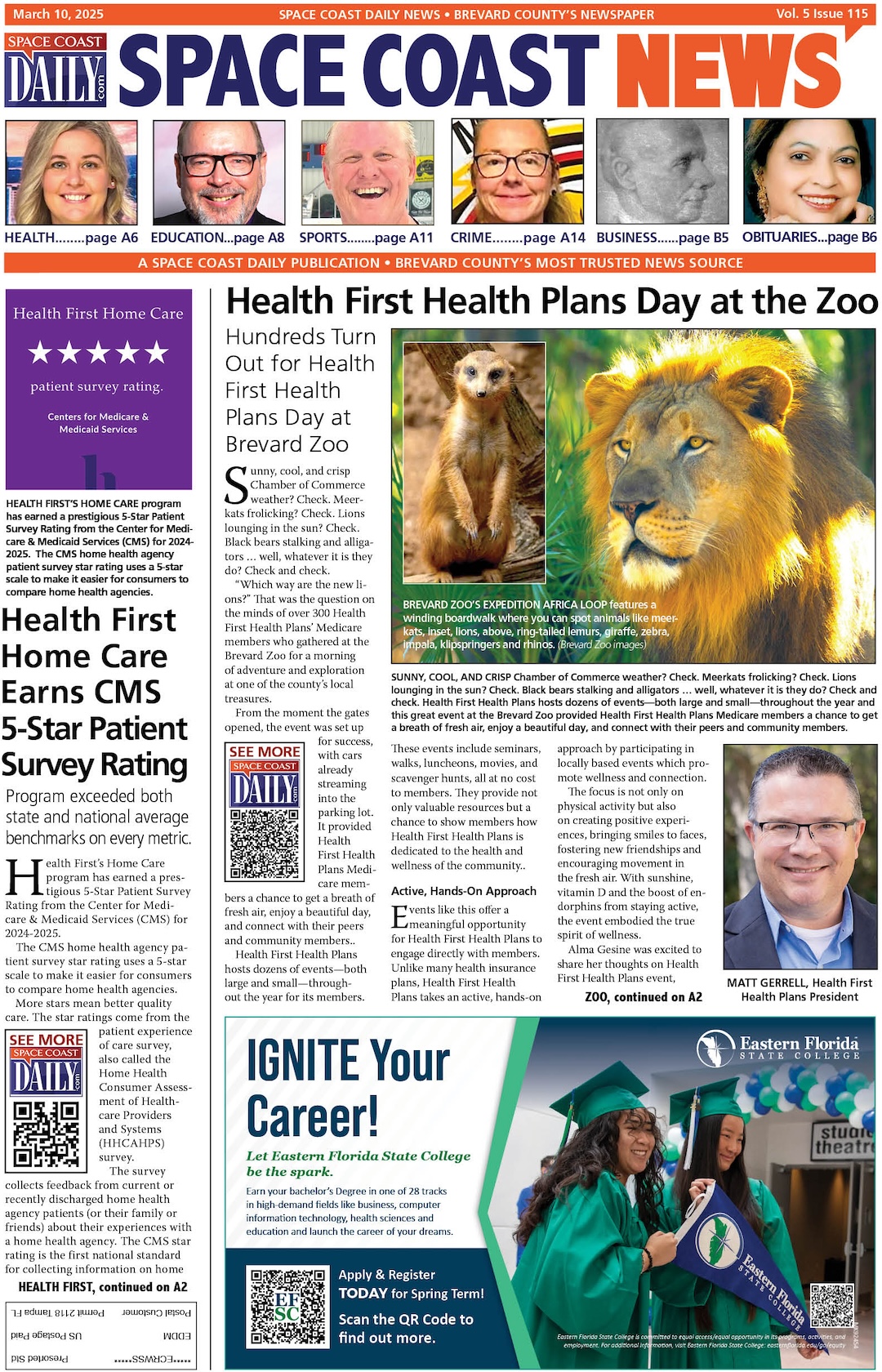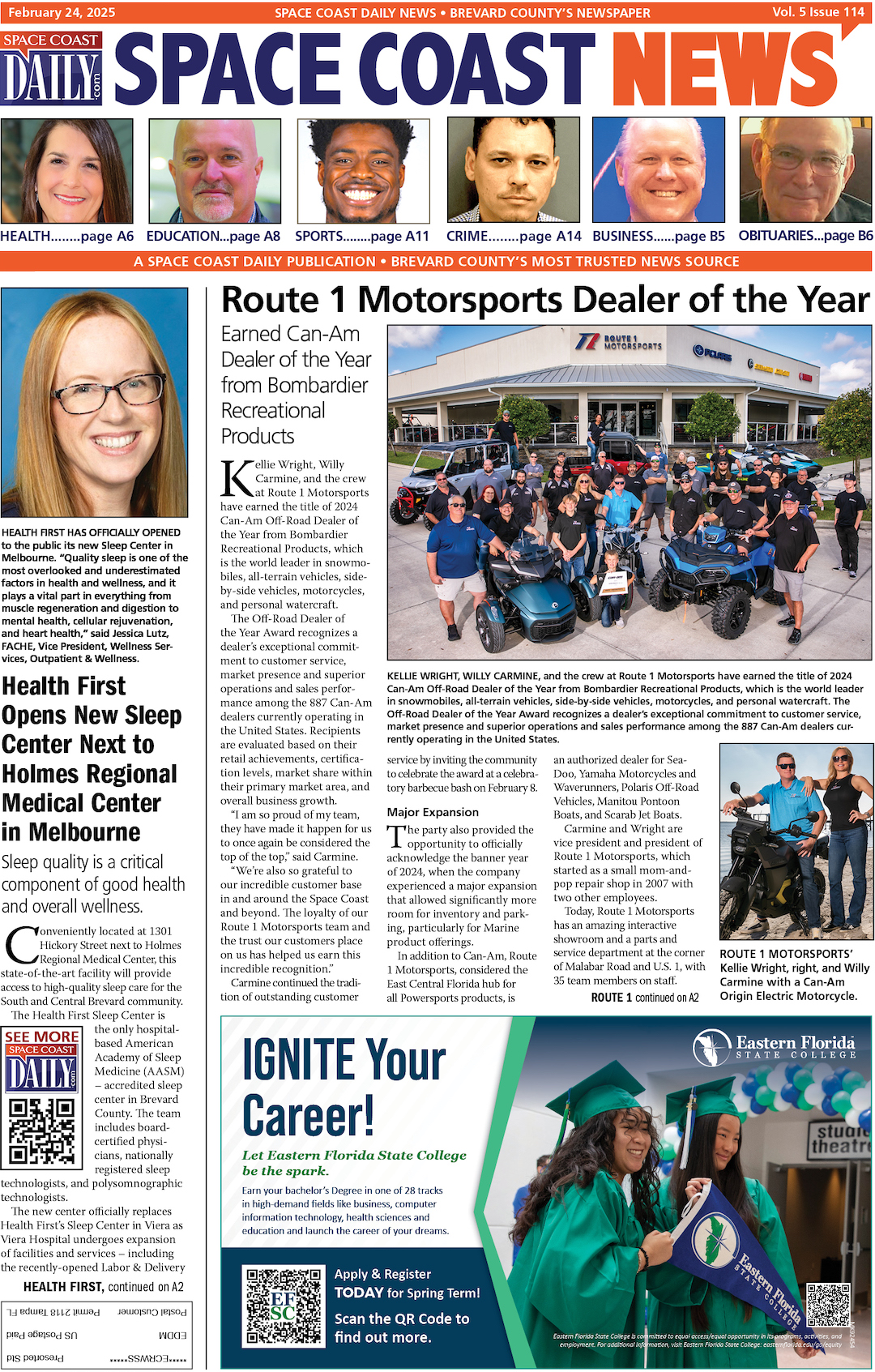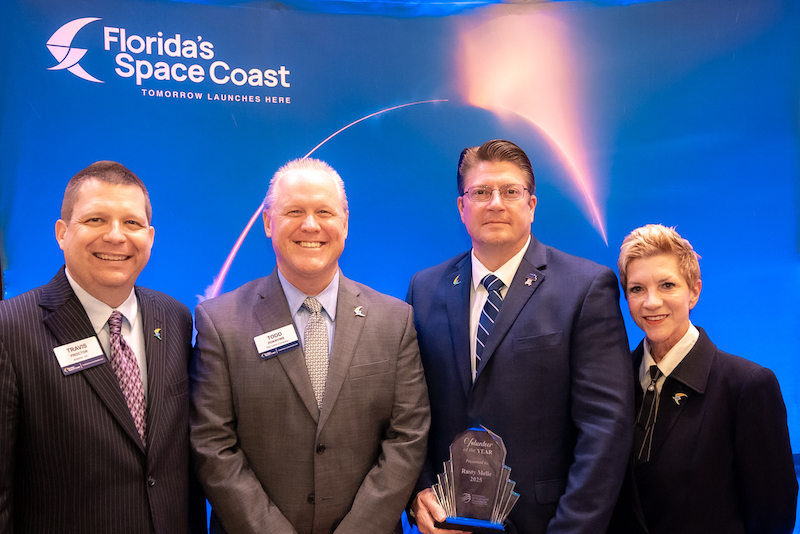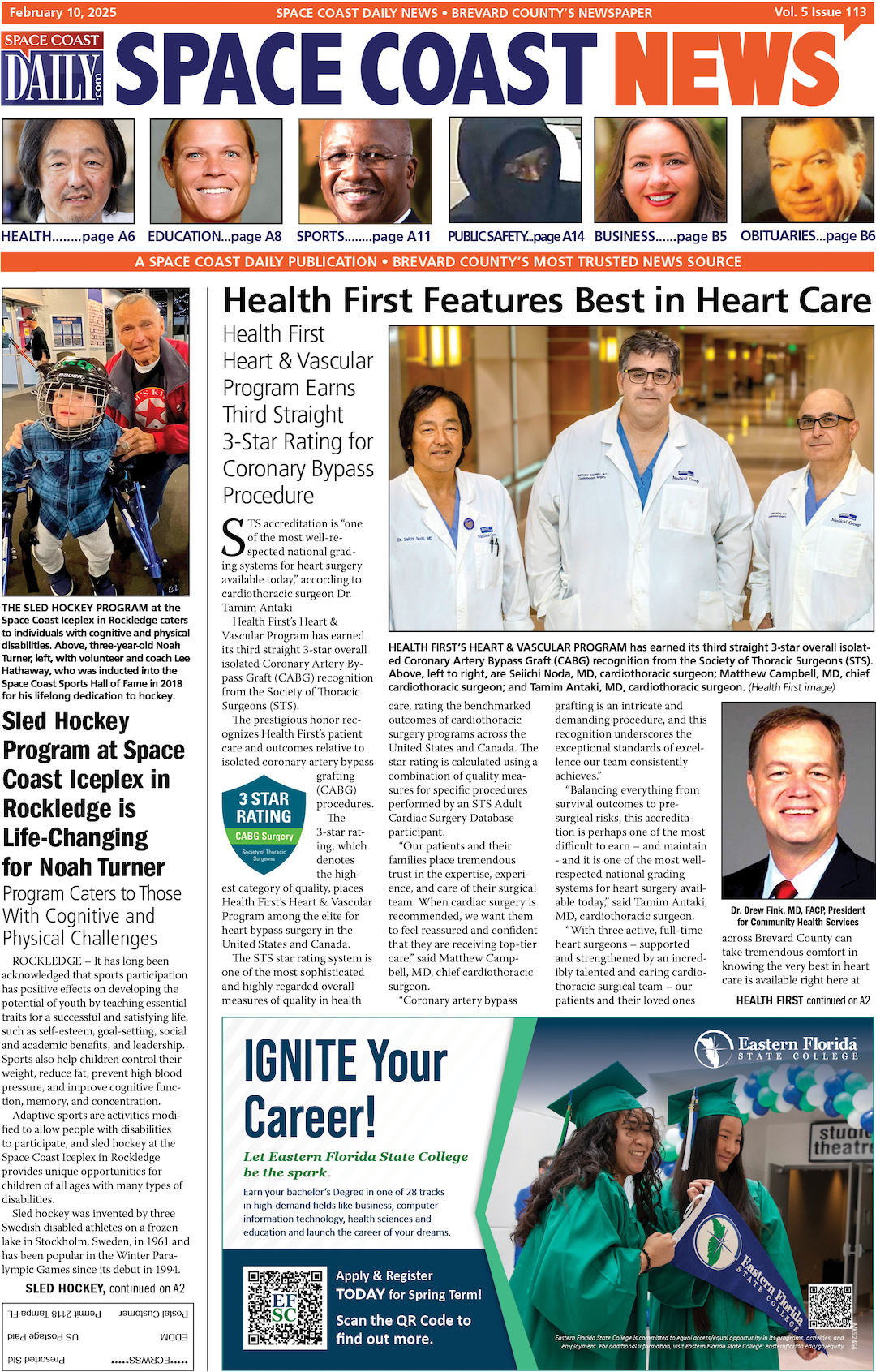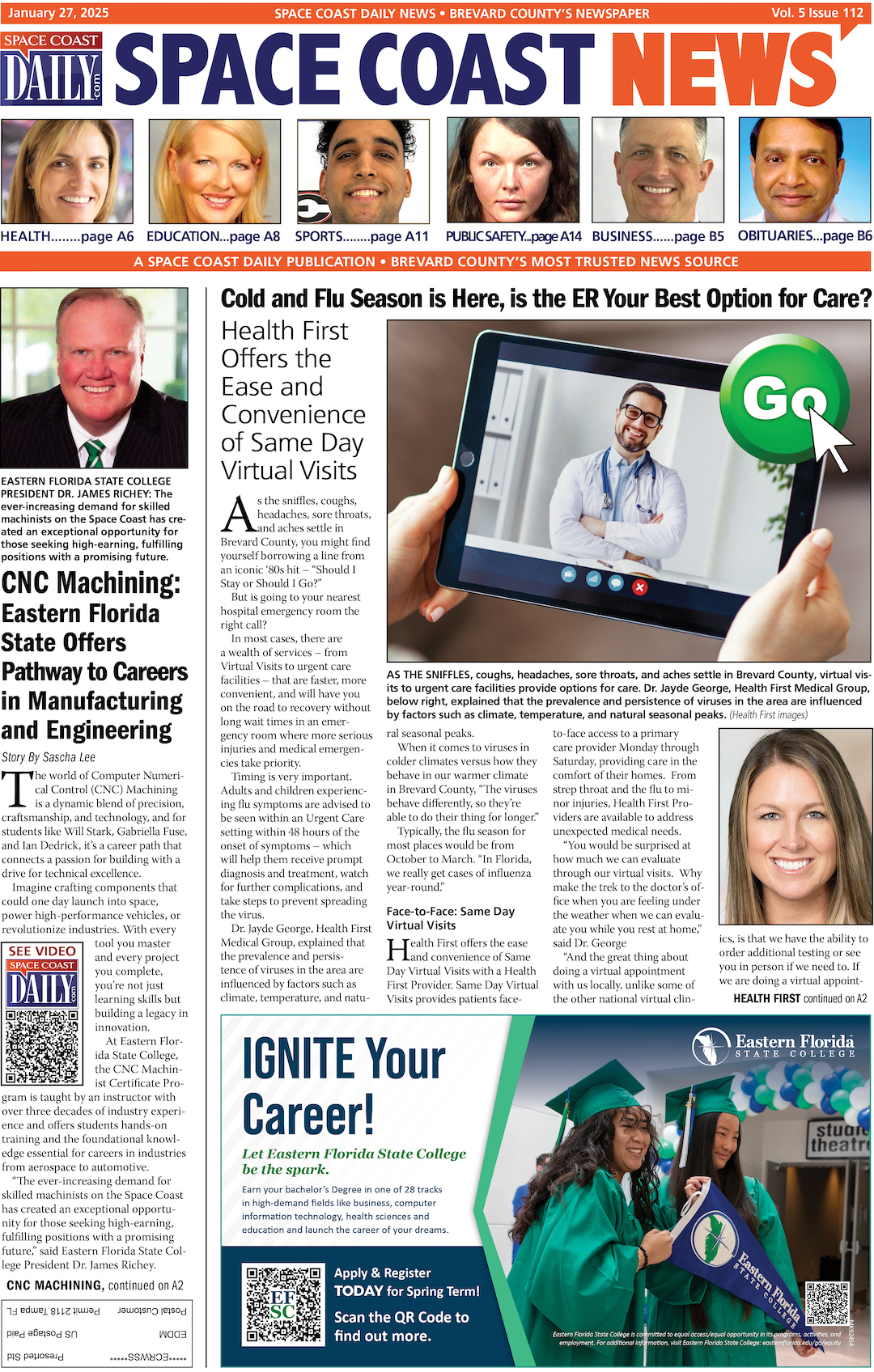Smart Strategies for Finding Affordable Office Space for Your Healthcare Practice
By Space Coast Daily // February 18, 2025

Securing office space for a healthcare practice is one of the most significant financial and operational decisions for medical professionals. The right location and lease terms can influence patient volume, accessibility, and profitability.
With rising real estate costs, finding affordable office space requires strategic planning, market research, and a deep understanding of lease negotiations. This article explores key strategies to help healthcare professionals secure a cost-effective and efficient office space without compromising quality or accessibility.
Assessing Your Space Requirements and Budget
Before beginning the search for office space, it is crucial to define your specific needs and establish a realistic budget. Consider factors such as the size of your practice, the number of exam rooms required, waiting area capacity, and the need for specialized equipment. Evaluating patient flow and anticipated growth can help in determining the ideal square footage necessary for both current operations and future expansion.
Budgeting should take into account not just rent but also ancillary costs such as utilities, maintenance, insurance, and property taxes. Many healthcare professionals underestimate the total cost of leasing a space by not factoring in additional expenses, which can significantly impact profitability. Working with a financial planner or real estate consultant can provide a clearer picture of the long-term financial commitment involved in leasing office space.
Beyond cost considerations, it is essential to evaluate the quality of the space and its compliance with healthcare regulations. Office layouts should accommodate HIPAA-compliant patient privacy measures and meet zoning laws for medical use. Some buildings may require modifications or build-outs, which could add to the overall cost and timeline of establishing a practice.
Exploring Alternative Leasing Options
For many healthcare professionals, purchasing a building is not a financially viable option. Instead, exploring alternative leasing options can be a practical way to secure office space without the substantial upfront investment. One option is subleasing from another medical provider who may have extra office space available. Subleasing can offer flexibility in lease terms and a cost-effective way to share resources such as waiting rooms and administrative staff.
Another viable alternative is shared office space arrangements, where multiple healthcare providers operate within the same facility. This model is particularly beneficial for specialists who require part-time office space or those who want to reduce overhead costs. Shared spaces often come with built-in infrastructure, reducing the need for extensive renovations and making it easier to move in and start operations quickly.
For those seeking a deeper understanding of leasing options, exploring different lease structures and negotiating favorable terms can make a significant financial difference for healthcare practices. Understanding key elements such as rent escalation clauses, tenant improvement allowances, and common area maintenance (CAM) fees helps professionals avoid unexpected costs. Additionally, considering alternative leasing models, such as subleasing or shared medical spaces, can provide cost-effective solutions without sacrificing quality or accessibility. This helpful video on finding office space without the need to purchase a building offers additional guidance for providers evaluating their options. Conducting thorough market research and consulting with real estate experts can further enhance decision-making, ensuring that healthcare providers secure office space that supports both financial stability and long-term growth.
Choosing the Right Location for Maximum Patient Accessibility
The location of a healthcare practice plays a crucial role in patient acquisition and retention. Accessibility, visibility, and proximity to major transportation hubs can directly impact foot traffic and appointment volume. Choosing a location that aligns with patient demographics ensures that the practice remains competitive and easily reachable.
Conducting a thorough market analysis can help identify high-demand areas while balancing affordability. Suburban and secondary urban markets often provide more cost-effective leasing opportunities than prime downtown locations. However, practices should also consider factors such as parking availability, public transit access, and neighborhood safety, as these elements contribute to patient convenience and overall satisfaction.
In addition to affordability, healthcare practitioners should assess the competitive landscape in the chosen area. Establishing a practice in an over-saturated market can make it challenging to attract new patients. Conversely, underserved regions may present an opportunity to fill a gap in healthcare services, driving patient volume and long-term sustainability.
Negotiating Lease Terms to Reduce Overhead Costs
Lease negotiations are a critical step in securing affordable office space. Understanding lease structures and negotiating favorable terms can lead to significant cost savings. One of the first aspects to review is the type of lease being offered—whether it is a gross lease, modified gross lease, or net lease. Each structure has different cost implications, particularly concerning maintenance, property taxes, and utilities.
Engaging a commercial real estate attorney or broker can provide leverage in negotiations. Key areas to focus on include securing a rent escalation cap, negotiating for tenant improvement allowances, and requesting flexible renewal terms. Healthcare professionals should also seek exclusivity clauses that prevent competing practices from leasing space within the same building, ensuring long-term competitiveness.
Additionally, understanding common area maintenance (CAM) charges and seeking transparency on all costs associated with the lease agreement can prevent unexpected expenses. Many landlords are open to negotiation, especially for long-term tenants, making it essential to advocate for terms that align with the financial viability of the practice.
Utilizing Government and Industry-Specific Incentives
Many local and state governments offer incentives for healthcare providers who establish practices in designated underserved or rural areas. These incentives can include tax credits, grants, or low-interest financing options, significantly reducing the financial burden of securing office space. Researching available programs can provide additional cost-saving opportunities that may not be immediately apparent.
Healthcare professionals should also explore industry-specific initiatives, such as hospital-affiliated leasing programs or medical co-working spaces that offer reduced rental rates. Some healthcare networks provide subsidized office space for independent practitioners as part of their community health outreach initiatives. Taking advantage of these programs can lead to substantial savings while ensuring a steady patient base.
Furthermore, working with professional organizations such as the American Medical Association (AMA) or the National Association of Community Health Centers (NACHC) can provide resources and guidance on securing affordable office space. These organizations often have partnerships with commercial real estate firms and can offer valuable insights into cost-effective leasing strategies.
Planning for Future Growth and Scalability
When choosing office space, healthcare providers should consider not just current needs but also future expansion plans. A practice that grows beyond its initial capacity may face costly relocation expenses if space constraints become an issue. Choosing a location with expansion potential can provide long-term stability and financial benefits.
Flexible lease terms that allow for additional square footage as needed can help accommodate future growth. Some landlords offer expansion clauses that give tenants the first right of refusal on adjacent spaces, preventing the need for a disruptive move. Planning ahead and negotiating for such provisions can safeguard against future space limitations.
Additionally, technology-driven healthcare practices should consider office layouts that support telehealth integration and digital patient management. As remote consultations and digital healthcare solutions become more prevalent, ensuring office space is adaptable to evolving industry trends can provide a competitive edge.
Final Thoughts
Finding affordable office space for a healthcare practice requires a strategic approach that balances cost, location, and long-term sustainability. By carefully assessing space needs, exploring alternative leasing options, negotiating favorable lease terms, and leveraging available incentives, healthcare professionals can secure cost-effective office space without compromising service quality. With careful planning and expert guidance, medical practitioners can establish a thriving practice that meets both financial and operational goals.




